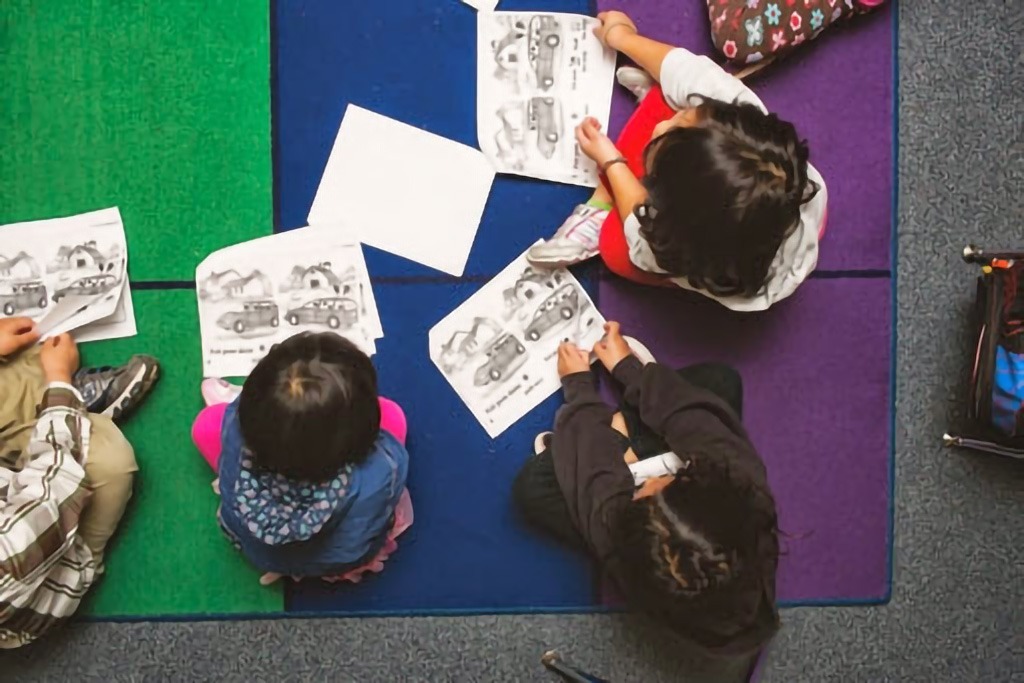
Cultural Identity in Post-Modern Society: Reflections What Is a Hmong?
Cultural Identity in Post-Modern Society: Reflections on Hmong Heritage and Unity
Exploring Hmong Identity in a Post-Modern World – This reflective discussion examines Hmong cultural identity through a post-modern lens, emphasizing the challenges and opportunities of blending traditions in a globalized society. It highlights the Hmong’s resilience, from their historical struggles to their evolving identity in diaspora communities. The piece calls for unity, tolerance, and action to preserve Hmong heritage while embracing multicultural values for a proud and progressive future.

Introduction
In today’s interconnected world, cultural identity faces both enrichment and challenges. For the Hmong people — a resilient and resourceful ethnic group — this is a particularly dynamic time. From their roots in Southeast Asia to their diasporic communities across the globe, Hmong identity continues to evolve. This blog explores the journey of Hmong cultural identity in a post-modern society and the critical steps toward unity and growth.
The Legacy of Hmong Culture
Historically, the Hmong people have been shaped by migration, conflict, and adaptation. Renowned for their rich traditions, including vibrant embroidery and storytelling, the Hmong have preserved their cultural ethos despite significant external pressures. However, modern challenges have brought new dynamics to this cultural preservation.
For example, during the Vietnam War, the Hmong were known as hardy soldiers, but their involvement had devastating consequences. Many were forced into refugee status, eventually resettling in countries like the United States. This migration has deeply influenced Hmong culture, blending traditional practices with Western values.
Challenges of Post-Modern Identity
One of the key issues facing the Hmong is the fragmentation of their identity. Clan politics, linguistic diversity, and regional differences often create division. To build a unified identity, the Hmong must address these internal challenges while also navigating external influences like Western cultural norms.
Key areas of focus include:
- Preserving Heritage: Hmong artisans have transformed traditional embroidery into global art forms, such as quilts and banners. These crafts not only preserve history but also generate worldwide recognition.
- Balancing Assimilation and Tradition: Many Hmong communities grapple with the dual pressures of assimilating into their host countries while maintaining their cultural roots. For example, younger generations may adopt Western values, leading to generational tensions.
- Overcoming Clan Politics: Divisiveness within clans hinders unity. Building bridges between groups is essential for creating a collective cultural ethos.
A Vision for Unity and Freedom
To thrive in a post-modern society, the Hmong community must embrace change while remaining true to their heritage. This means fostering tolerance, learning from others, and working collaboratively. Unity can only be achieved when the Hmong set aside narrow-mindedness, clan politics, and internal divisions.
Key steps toward unity include:
- Cultural Education: Sharing Hmong history and values with younger generations ensures cultural continuity.
- Empowering Women: Hmong women’s craftsmanship has become a symbol of resilience and creativity. Supporting these efforts strengthens the community’s global identity.
- Community Leadership: Encouraging leaders to prioritize collective interests over divisive clan politics fosters stronger bonds.
Conclusion
The Hmong’s journey in a post-modern world highlights the resilience of cultural identity in the face of adversity. By embracing unity, preserving traditions, and adapting to global influences, the Hmong people can craft a vibrant and proud future. True freedom lies not only in cultural preservation but in the ability to grow and evolve collectively.
References and Further Reading
- Cultural Identity in Post-Modern Society: Reflections on What Is a Hmong? | CONCLUSION | Members.Ozemail.Com.Au





Responses